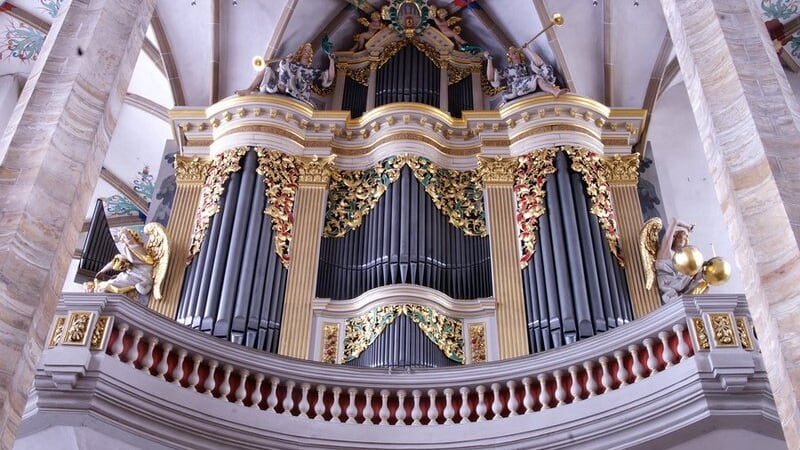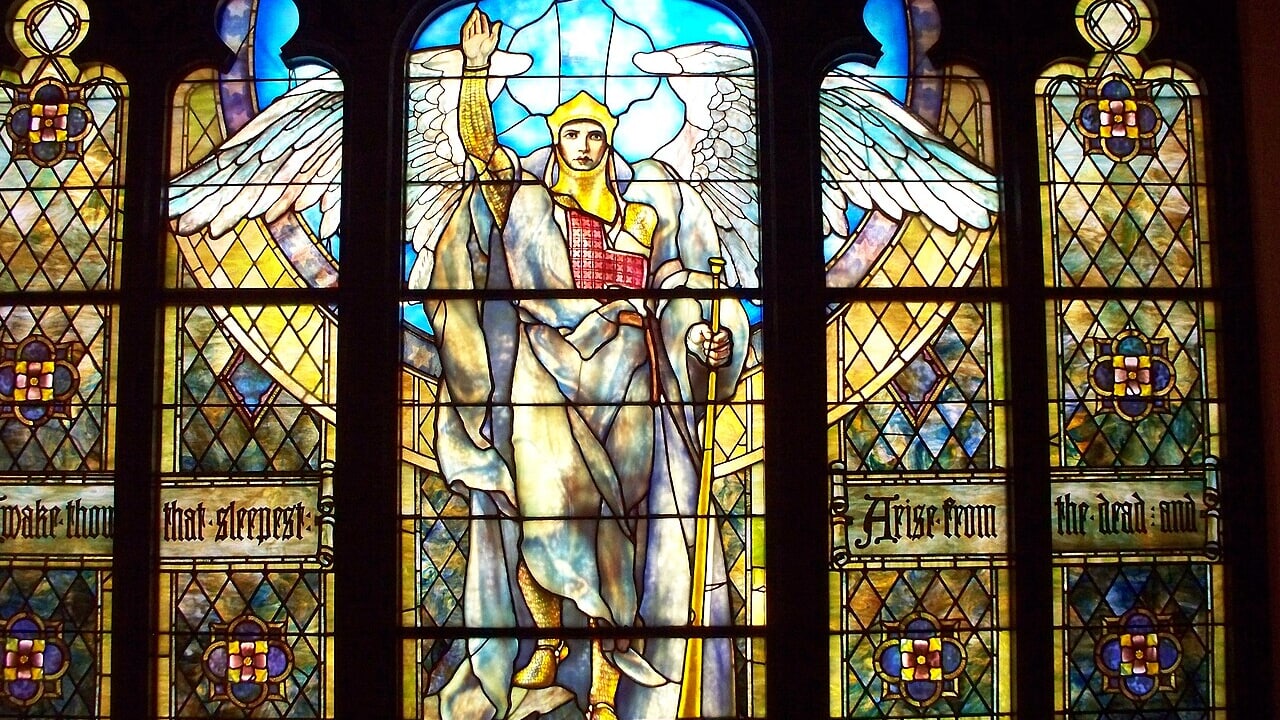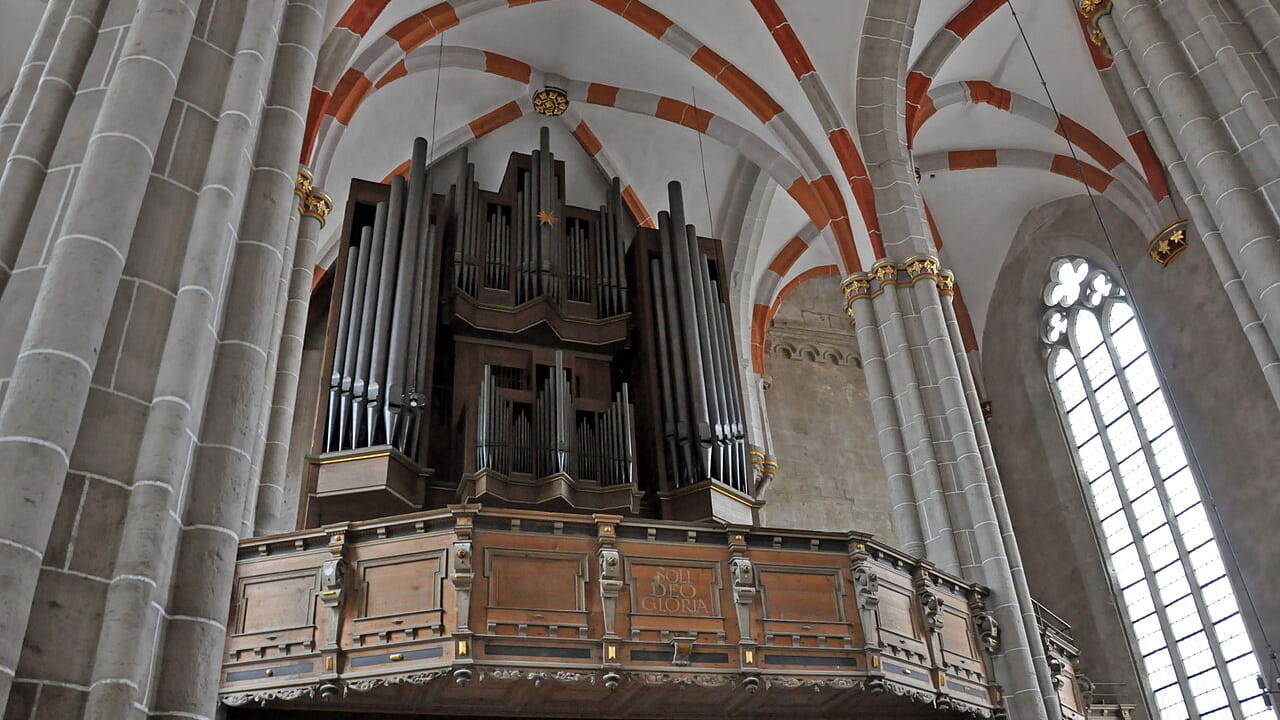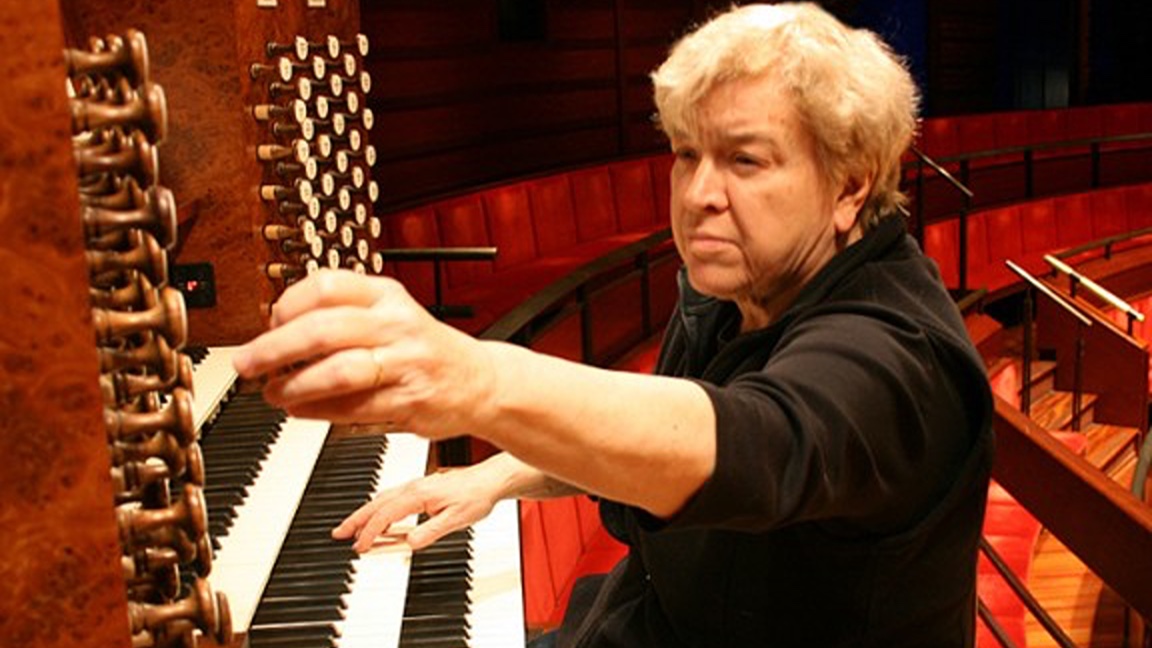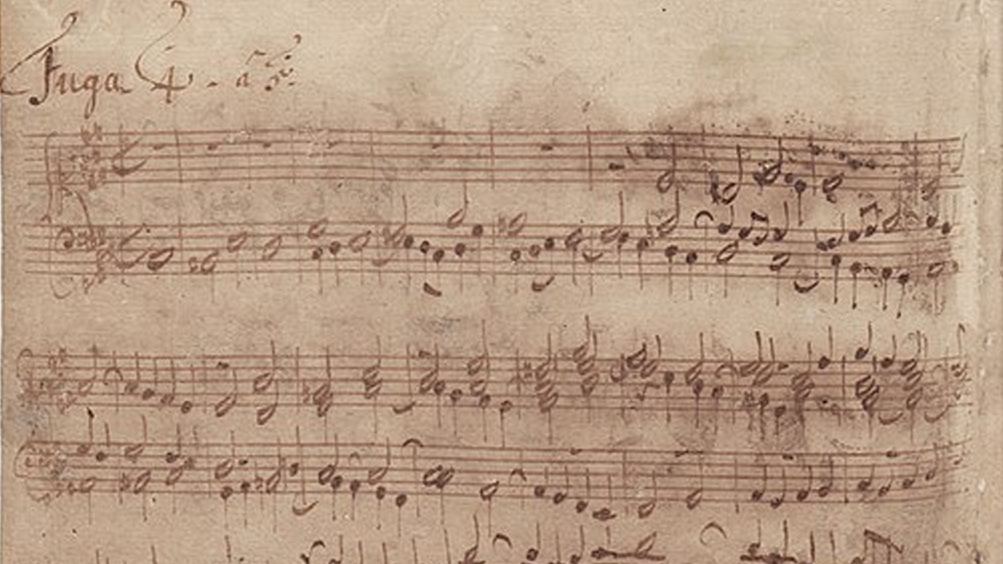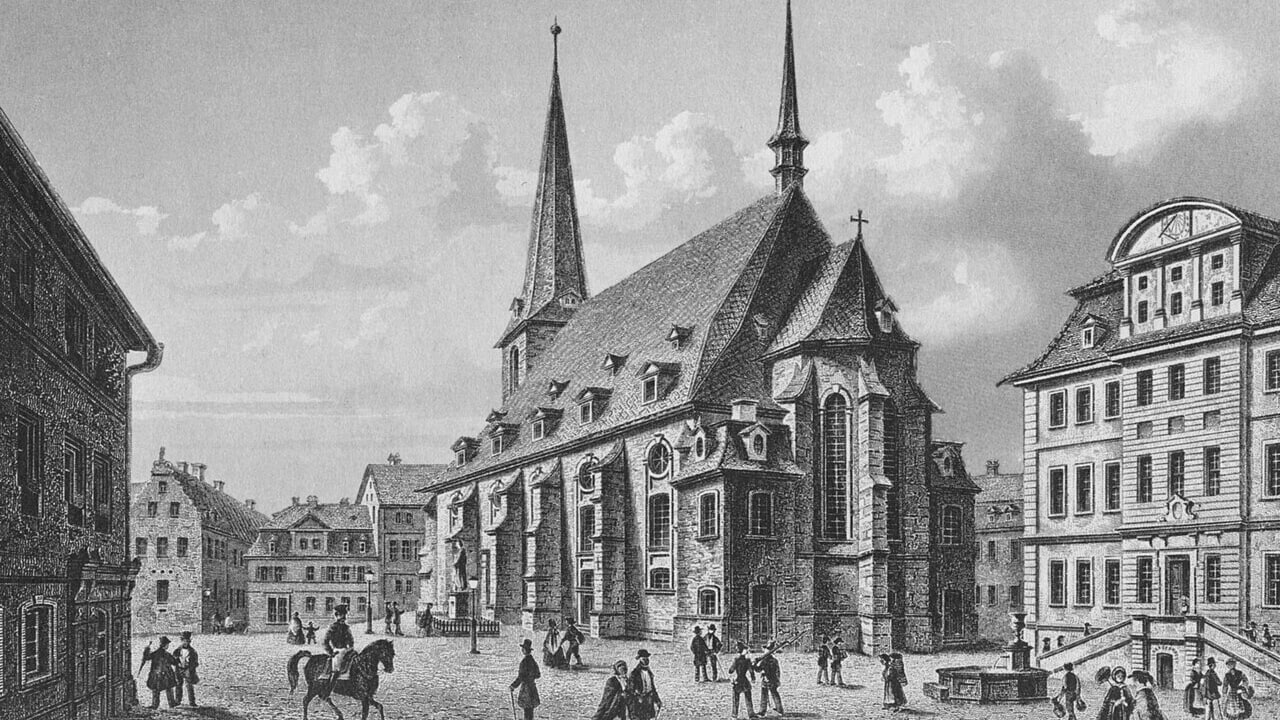Bach’s Kyrie, Gott heiliger Geist BWV 671: Monumental Treatment of an Ancient Melody
In 1525, Martin Luther wrote his Kyrie, adapting an ancient Gregorian chant melody set in the Phrygian mode. It consists of three parts, moving from God the Father, to God the Son, and concluding with the Holy Spirit. J.S. Bach composed three organ preludes (Clavier-Übung III) based on the sections of Luther’s Kyrie. Beginning in the treble register, each descends, as if to evoke the religious symbolism of Christ’s descent. In the final …

